To the Moon and back: watches that celebrate our obsession with space
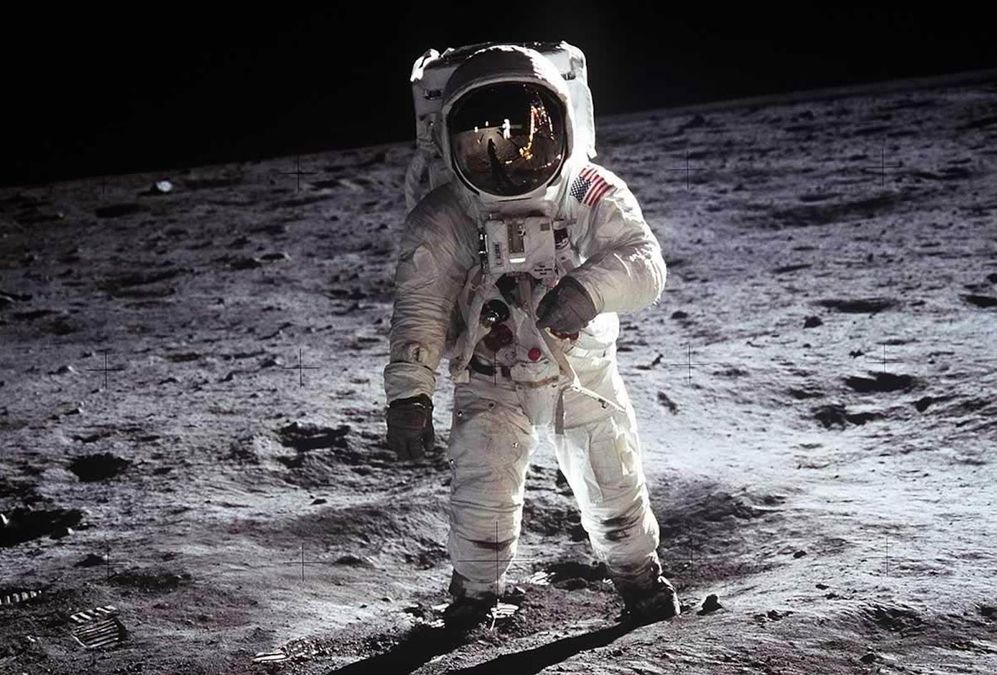
The Moon has always held a fascination for Earth-dwelling types – its ubiquity in our evening skies has fuelled romance, wonder and ambition for centuries.
Our obsession reached a peak in 1969 with what is still considered “a giant leap for mankind” – the landing of Apollo 11 on the Moon surface, and the first “small steps” on another planet by Neil Armstrong and his fellow US astronaut, Edwin ‘Buzz’ Aldrin.
That historic moment, 50 years ago this month, was also ground-breaking for one watchmaker, Switzerland’s Omega, whose Speedmaster Professional became the very first timepiece to be worn on a different world.
(While Armstrong etched his name in immortality by becoming the first human to step on to the Moon, only Aldrin wore his NASA-issued Speedmaster on the Moon’s surface. Armstrong left his watch behind in the lunar lander as a backup, because the spacecraft’s electronic timer had malfunctioned.)
The glory of space exploration may have faded a little over the intervening years but the original Moon landing is the gift that keeps giving for Omega, with its celebrated “Moonwatch” remaining a steady seller today.
To mark the 50th anniversary of the Apollo 11 mission, Omega has released a special variant – a 42-millimetre Speedmaster crafted in a special 18-karat gold, and limited to 1014 individually numbered pieces.
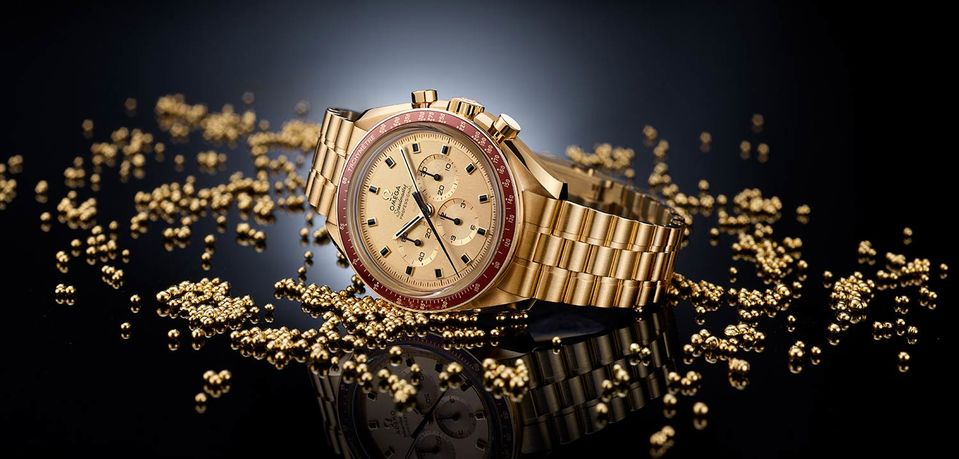
Omega says this gold alloy, which is paler than traditional 18k gold and dubbed “Moonshine”, is especially resistant to fading. The bracelet, dial, hour-markers and hour-minute hands are also made from Moonshine, so this timepiece is no shrinking violet.
A ceramic bezel ring (in burgundy, in homage to that 1969 special edition) marked with a tachymeter scale, rings the dazzling dial.
See-through case backs aren’t unusual but Omega has gone the extra mile, with an inner case back ring featuring two special PVD (Physical Vapour Deposit) graphics that include a partial map of Apollo 11’s lift-off site, and the words “Apollo – 50th Anniversary” and “The First Watch Worn on The Moon”.
As if that’s not spacey enough, there’s also the addition of a micro-sample of a lunar meteorite, representing the Moon, set into the ring.
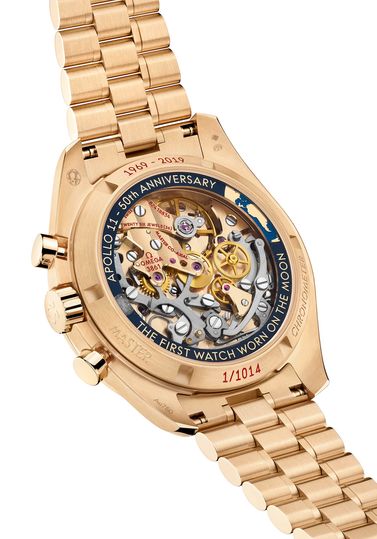
The twist is that this is a re-imagining of another limited edition that Omega released in 1969, shortly after the Moon landings; those models, also in 18k gold, were presented to NASA astronauts, industry leaders and celebrities of the day.
One was even given to President Richard Nixon (although the White House had to return it to NASA due to the US Government’s then-strict gifting protocol).
The new Speedmaster features an automatic Master Chronometer Calibre 3861 movement and while the original Moonwatch was manually wound, both feature ultra-accurate timekeeping and rugged construction.
Indeed, Omega got the nod as the official astronaut timepiece in the lead-up to the 1969 mission because the Speedmaster passed a brutal NASA workout – extreme temperature fluctuations in a near-vacuum, shock tests, pressure tests, acceleration tests and more – and didn’t miss a beat.
While the Speedmaster Professional is rightly considered the official Moonwatch, it’s not the only timepiece with a space connection. Nor is it the only wristwatch to have been worn on the Moon.
Apollo 15 astronaut Dave Scott wore his own Bulova on a moonwalk in 1971; that watch sold for $1.6 million at auction in 2015. A pair of tribute watches dubbed the Special Edition Lunar Pilot Chronograph Watch – one in a stainless steel case and the other in matte black – are available for purchase today.
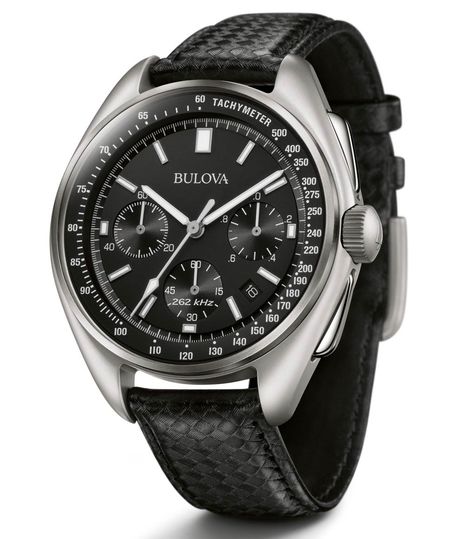
Seiko created the Spring Drive Spacewalk for billionaire space tourist Richard Garriot to take to the International Space Station in 2008; the company subsequently produced a 100-piece limited edition run of the watch, with a price tag of around $70,000 per watch.
Sweden’s Halda company got input from International Space Station crew members when it designed its slick Space Discovery model, which has an ingenious ‘docking’ station so the wearer can swap between a traditional analogue a jazzy digital module (made from a compound called TecaMax, which was developed for military and space use).
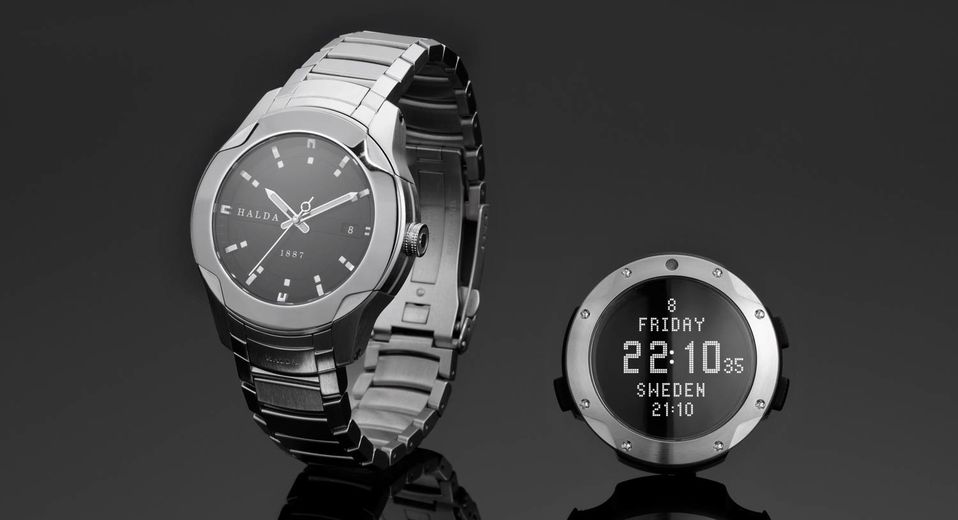
The digital module also has functions such as Earth Time, to instantly show the local time in 192 countries – very handy when you’re whizzing around the planet 18 times a day.
Swiss newcomer Werenbach has taken a different tack – each of its models features actual space-flown material, salvaged from Russian rockets launched from the Baikonur Cosmodrome in Kazakhstan.
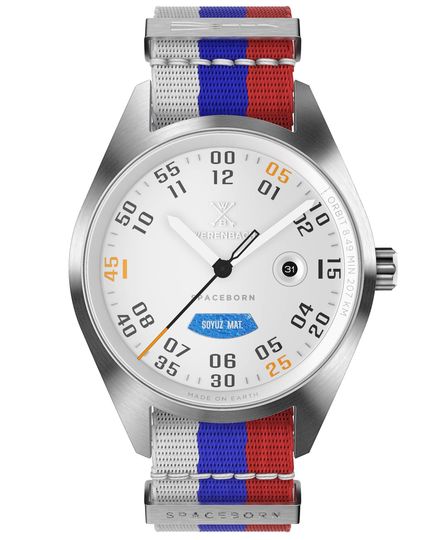
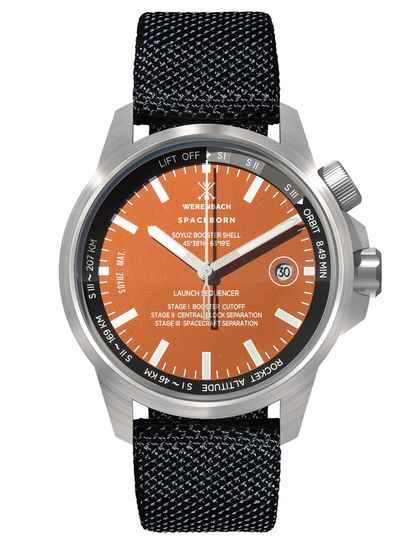
Werenbach founder Patrick Hohmann came up with the idea while out jogging, and then turned to crowdfunding to get his idea off the ground – pardon the pun.
Just two years later, Werenbach’s timepieces range from an entry level quartz piece embedded with Russian rocket metal, to the Soyuz range where the entire case is made from melted-down rocket engine metal.
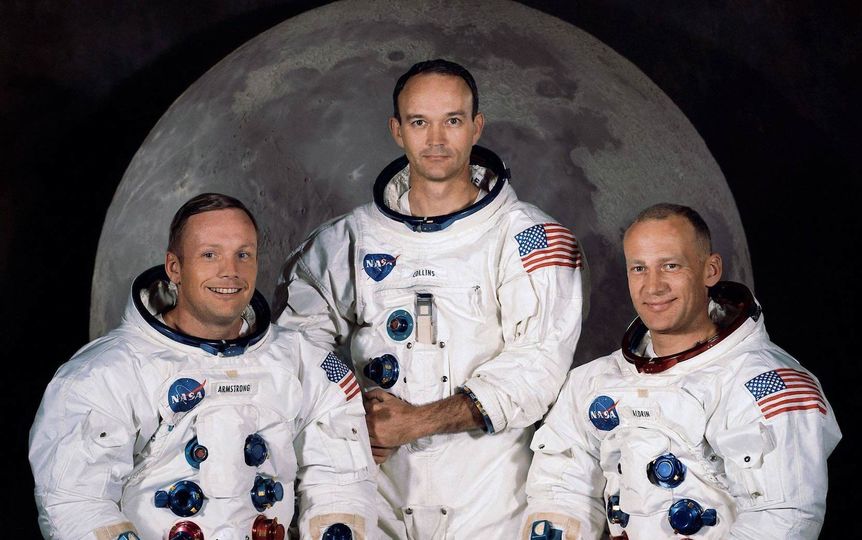
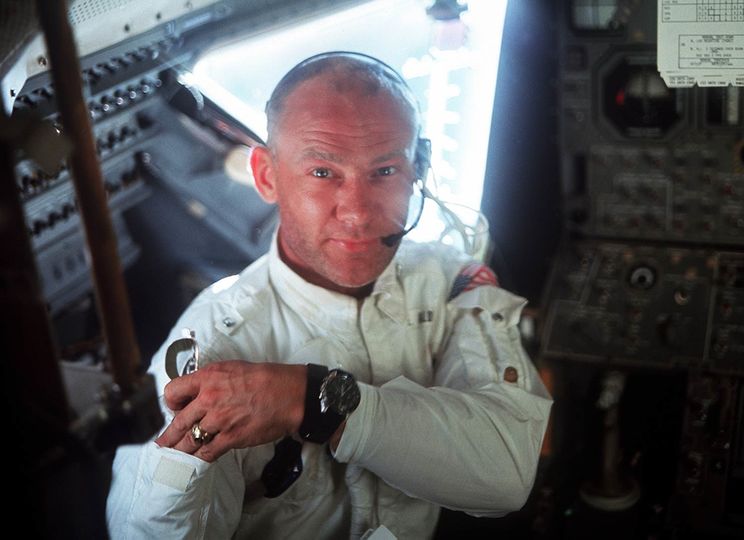

Hi Guest, join in the discussion on To the Moon and back: watches that celebrate our obsession with space